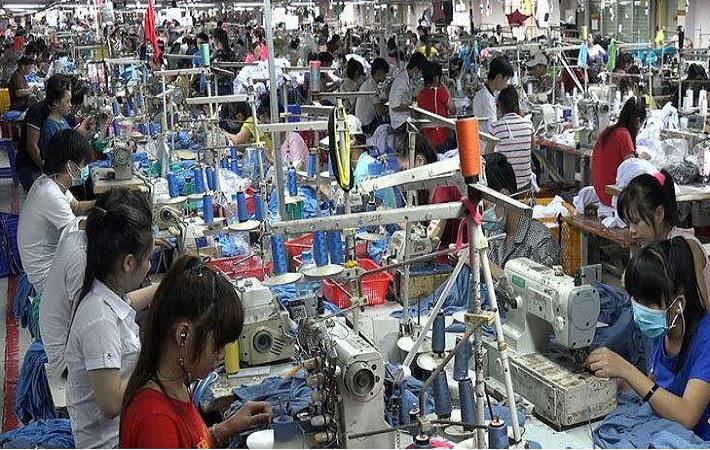Many export-oriented garment units in Ho Chi Minh City recently said that in the fourth quarter of 2020, orders, especially from the US market, started increasing again. Though this is positive news, raw materials have become scarce because of a rise in their prices by a fifth, and costs have also increased by 15-20 per cent in associated industries like packaging, adhesive tapes and chemicals, leading to rising production costs and lower profits.
Revenues of many enterprises are just enough to cover expenses and labour costs.Many garment units in Ho Chi Minh City recently said that in 2020 Q4, orders, especially from the US market, started increasing again. Though this is good news, raw materials have become scarce due to a rise in prices by a fifth, and costs have also increased by 15-20 per cent in associated industries like packaging, adhesive tapes and chemicals.#
Though with new free trade agreements (FTAs), the country can use raw materials from many countries, as companies have been using raw materials from China for a long time, they reportedly become passive in raising production when orders rise due to scarcity of raw materials.
According to the Vietnam Textile and Apparel Association (VITAS), the country’s garment and textile industry imports raw materials, including yarn, fabric, and auxiliary materials, mainly from China. Of that, fabric imports accounted for nearly three-fifths of the total imports of $13.5 billion in 2019, and fibre imports 55 per cent.
To limit the negative impacts on production and business, VITAS has recommended member enterprises to discuss with customers and focus on exploiting domestic raw materials and auxiliary materials, or import from other countries.
Another problem is raw materials from other countries like India, South Korea and European nations cannot match either the quality or the price of Chinese ones.
According to VITAS, the demand from Europe and the United States in 2020 decreased by 45 per cent and 40 per cent respectively for garments, and 27 per cent and 21 per cent respectively for footwear.
However, Vietnam's garment and footwear industries also have many opportunities in the context that global trade has changed. When China reduced its total exports by up to 50 per cent for some items, Vietnam's garment exporters still expanded their share in the US market, mainly thanks to high-value items.
VITAS chairman Vu Duc Giang says in future, besides the advantages, the country’s garment and textile industry will also face difficulties when the supply of raw materials is inadequate and imbalanced, and there is a blockage in the phases of weaving and dyeing.
Fibre2Fashion News Desk (DS)
